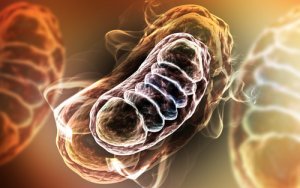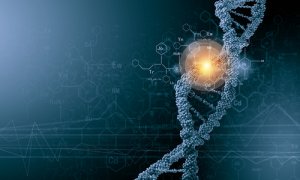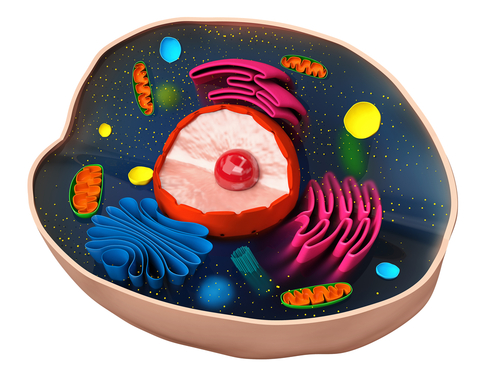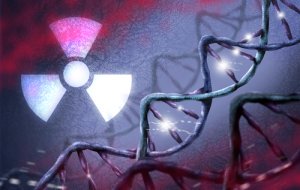Author
Mitochondrial free radical theory of aging — J. Miquel,
Mitochondrial non free radical theory of aging —
History

The mitochondrial theory of aging has got two variant: mitochondrial free radical theory and mitochondrial non free radical theory of aging. The first one is properly a version of free radical theory of aging. It was formulated by J. Miquel in 1980 and then was developed by
Example
As we age, mitochondrial functions declines in various tissues while a number of mutations in mithochondrial DNA increases.
Description of the Theory
Mitochondrial theory of aging proposes that changes in mitochondria functioning during our lipe play the main role in human aging.

Both variants of mitochondrial theory postulate that as we age, mitochondrial DNA accumulate damages (mutations and structure abnormalities). As the result, mitochondia provide less energy to cells and the cells age. Moreover, damages of mtDNA can provoke apoptosis. The main difference between the two variants of mitochondrial theory is how each of them explains the reason of
According to the mitochondrial free radical theory of aging, the main source of
The mitochondrial non free radical theory of aging suggests that the main reason

of accumulation of damages in mt DNA is the fact that at certain moment of cell life, the development of mitochondria begin to conflict with the development of nucleus. The fact is that mitochondria are quite autonomous cell organelles and they are programmed to devide infinitely. At the same time, mature somatic cells divide negligibly. And in some moment mitochondria receive less nuclear proteins than they need. As the result, mitochondria start up the process of programmed degradation. This process manifests itself mainly in occurring deletions (cutting out of pieces) in mtDNA. As the result, mtDNA becomes storter. To conclude, according to the mitochondrial non free radical theory of aging, mitochondria appears to be the «biologic clock» of the cell and programm the duration of its life.
Additions and Сriticism
 Nowadays scientific papers present lots of circumstantial evidence supporting the mitochondrial theory of aging. There is a progbem though in studying mtDNA and mitochondria in general. Actually, scientists have only a few ways that allow working with mitochondrial mutations. There is no methods of genetic engineering suitable for mitochondria and nowadays, it is impossible to create mutation or gene, insert it into mithochondria and then study the cell line obtained. The only possible way is to study mutations given by the nature.
Nowadays scientific papers present lots of circumstantial evidence supporting the mitochondrial theory of aging. There is a progbem though in studying mtDNA and mitochondria in general. Actually, scientists have only a few ways that allow working with mitochondrial mutations. There is no methods of genetic engineering suitable for mitochondria and nowadays, it is impossible to create mutation or gene, insert it into mithochondria and then study the cell line obtained. The only possible way is to study mutations given by the nature.
Publications:
- Gruber, Jan, Sebastian Schaffer, and Barry Halliwell. «The mitochondrial free radical theory of ageing — where do we stand?» Frontiers in bioscience: a journal and virtual library 13 (2007): 6554–6579.
- Jang, Youngmok C., and Holly Van Remmen. «The mitochondrial theory of aging: insight from transgenic and knockout mouse models." Experimental gerontology 44.4 (2009): 256–260.
- Rasmussen, Ulla F., et al. «Experimental evidence against the mitochondrial theory of aging A study of isolated human skeletal muscle mitochondria." Experimental gerontology 38.8 (2003): 877–886.
- Gadaleta, Maria Nicola, et al. «Aging and mitochondria." Biochimie 80.10 (1998): 863–870.
- Jacobs, Howard T. «The mitochondrial theory of aging: dead or alive?» Aging cell 2.1 (2003): 11–17.
- Mandavilli, Bhaskar S., Janine H. Santos, and Bennett Van Houten. «Mitochondrial DNA repair and aging." Mutation Research/Fundamental and Molecular Mechanisms of Mutagenesis 509.1 (2002): 127–151.